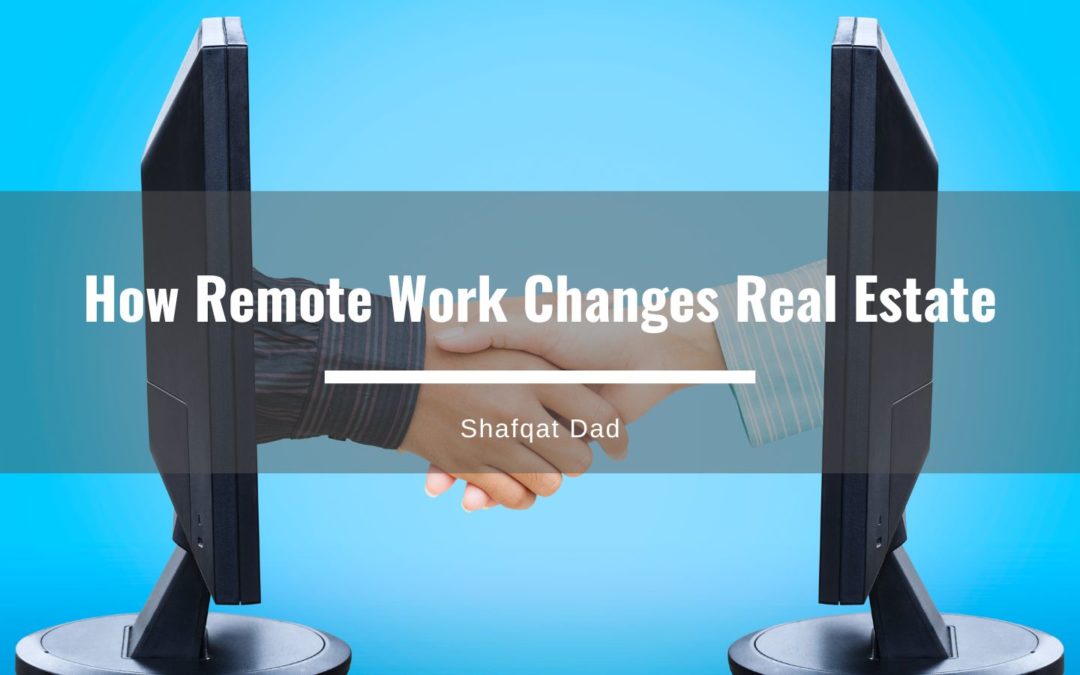According to the Bureau of Labor Statistics, almost half of all full-time knowledge workers in the US worked at home when the lockdown began in 2020. This drastic change, assumed to be a temporary adjustment, has now become the new normal for many people, especially with the emergence of new variants of Covid-19. There are a number of industries affected by this new way of human interaction, and the world of real estate is no exception. The rise of remote work has many wondering how it will affect the future of real estate pricing and availability.
According to the Census Bureau, more than a third of today’s US households frequently work from home. This increase gives rise to more people searching for properties with separate office areas. There has even been a demand for more than one home office.
Location, location, location . . .
Because more individuals are working from home, the location of properties is shifting. A lack of a commute lessens the need for people to reside in pricey downtown areas. Working from home allows people to live farther away from their place of employment. As a result, housing values in the suburbs and more rural areas may rise in the future, while those in the cities may start to decline. Although the availability of more affordable housing may be good news for people looking to buy in expensive markets, real estate investors may see a drop in demand for residential property in more lucrative areas.
Individuals planning on investing in real estate should closely monitor the migration trends of their neighbors. U-Haul’s metric to determine the growth rate of cities is to calculate the difference between the number of one-way U-Haul trucks that enter and exit a given city or market in a year. Data is obtained from over two million one-way U-Haul truck customer transactions in that same period of time to determine migration patterns. U-Haul’s 2021 Growth index data revealed that California lost more of their populace than any other state in the country. The three states with the most significant population losses were Massachusetts, Pennsylvania, and New York.
Cities such as Chicago and New York are experiencing a challenge in their real estate market due to the increasing number of people working from home. This could cause prices to decline and vacancies to increase. Unfortunately, this also affects the restaurant and retail sectors, as more workers stay home and do not visit local hangouts.

